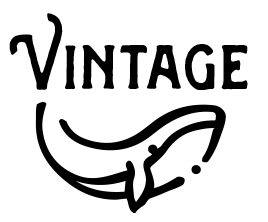Print Quality

If you are an artist or collector of art objects, you may already know that giclée printing is the optimal printing process for museum quality prints. But what exactly is giclée? Why is it a superior printing process and why should you use it to reproduce your print-on-demand imagery?
Giclée comes from French and is a combination of two words: namely "gicleur" which is a technical term for nozzle or jet and "gicler" which means to spray on.
The term "giclée" (pronounced chikley) was first coined by graphic artist Jack Duganne in 1991. Today, it is used to describe the printing process for fine art prints that uses long-lasting, pigment-based inks on modern printers.
What's the main difference between giclée and other printing processes?
"While many traditional printing processes, such as lithography, use the classic CMYK 4-color combination - in some cases with the addition of a Pantone-referenced spot color - giclée printers can use up to 12 individual colors.
This achieves much smoother gradients and a wider color gamut. The result is greater depth and richness of color for the finished print. This results in impressively vibrant artwork with stunning reproduction quality.
If you want to reproduce visuals, such as a watercolor print, the end result is almost indistinguishable from the original.
Which images are best suited for giclée printing?
Giclée printing stands out especially in the production of wall decorations, where customers are really demanding and require the highest quality that will last for a long time. This longevity is a key differentiator because the type of long-lasting inks used on giclée printers do not fade when displayed indoors under normal conditions. The colors retain their brilliance for a lifetime.
Giclée printing is suitable for almost any type of visual material. From computer-generated designs or photographs to scans of original illustrations, oil paintings or watercolors.
Are there other advantages to using Giclée?
"The speed advantage probably shouldn't be underestimated. The turnaround time for inkjet is always shorter than for the more common alternatives, minutes instead of hours when you have to choose between inkjet or lithography.
This is great news for artists or entrepreneurs who sell prints through e-commerce stores, because customers can receive their print within a few days of placing the order. This fast service really impresses customers and exudes quality and efficiency, which is good for any brand.
What about paper type, can you print on all kinds of papers?
Giclée printers can print on many different substrates - including canvas, artist papers and vinyl.
Our posters are made by 2 quality brands - Atlantis and Athens. These guarantee a high quality, heavyweight premium material (189 g/m²) for fine art prints with a smooth, clean finish. Combined with giclée printing, it delivers museum quality wall decor.
